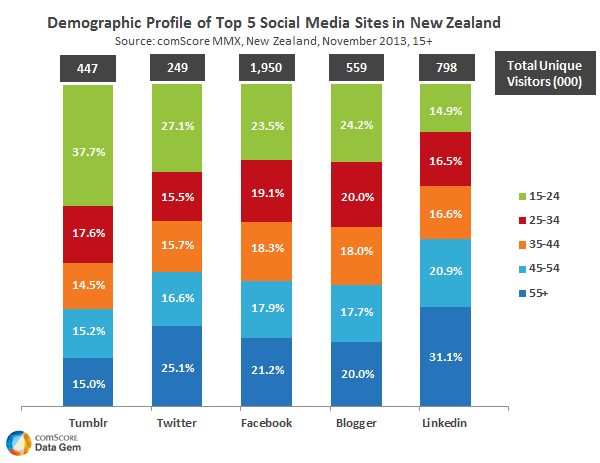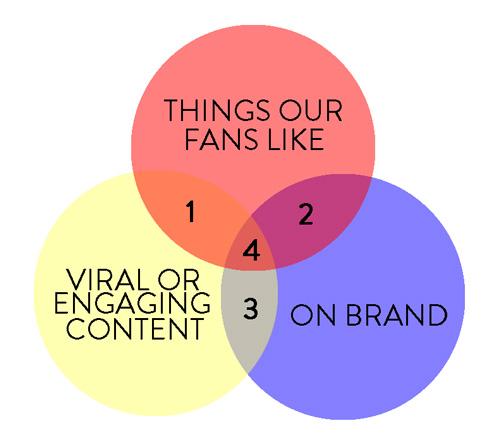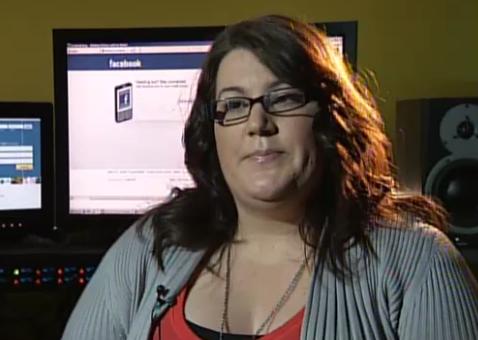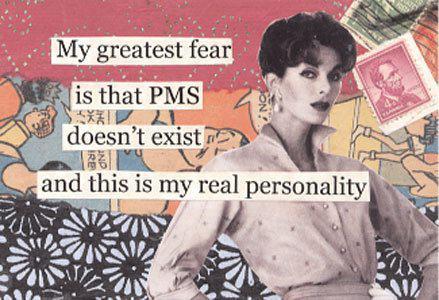Digital campaigns are interesting because they’re so instantly measurable – and yet so unmeasurable. Moreso when you enter the social space. You can drown in data, but how much of it is actually meaningful? Sure you can get 10,000 people ‘talking about’ you on Facebook – but what does that mean, and does it even matter?
The following are five topline tips to keep in mind when planning a digital campaign.
1. Know your end goal and work backwards
Look at where you want the campaign to go, then add milestones from the end back to the start. You want users to be positively contributing to your website? It’s not as simple as displaying a call to action and then sitting back and waiting for the compliments to roll in.
2. Research your target audience
Learn about your audience. Which digital platforms do they prefer and why? What are they using those platforms for?
If your Facey page is getting a lot of viral action, but it’s happening amongst 50-year-olds in Texas, and you’re a children’s dentist in New Zealand, it’s not really doing the trick. You will focus on the wrong things if you’re looking at the wrong metric.
3. Keep it flexible
You can plan, plan, plan as much as you like, but digital media is about context. Social media even more. If everyone is talking about a tragic event, and you bulldoze your brand in there, you’re going to cause some damage.
This is also a key when researching campaigns from outside your culture. You can’t roll out a plan from overseas and expect the same results in the local market.
Always have a plan B. And C. And D. If something doesn’t work with your audience, don’t force it. Change tact.
4. Think about the environment
With digital marketing, you can buy great reach for very small cost. The temptation is to stick your ad in every available cheap space, but you need to think about it in terms of partnerships. Just as a TVC can add weight and legitimacy to your campaign, so can digital ads in various spaces.
Also if you’re putting video advertising into a space people are likely to be accessing via mobile or while at work – tread with caution. No one wants to use their expensive 4G data on your ad, trust me. And if they’re sneaking around when they should be at work, having your ad blaring at them is probably not what they were hoping for either. But later on, at home and on wifi, you can go for your life.
5. Help your fans become advocates
Advertising is like a baby. You think yours is the best, the cutest, the smartest. It’s probably not. You need to give your fans a better reason than that to share it, or to get involved. And you need to keep it simple!
An easy way to help pave the path is to demonstrate the behaviour or action you want fans to take by showing someone else doing it – better still if that someone can be a community leader, celebrity, or aspirational person from the demographic.
All of this, though, comes down to one basic principle: Know your audience. Take your marketing eyeballs out and really think like a person in the demographic you’re trying to reach. Don’t bullshit about the state of the market, your ad, or get caught up in the Next Big Shiny thing. Audience first and center.












